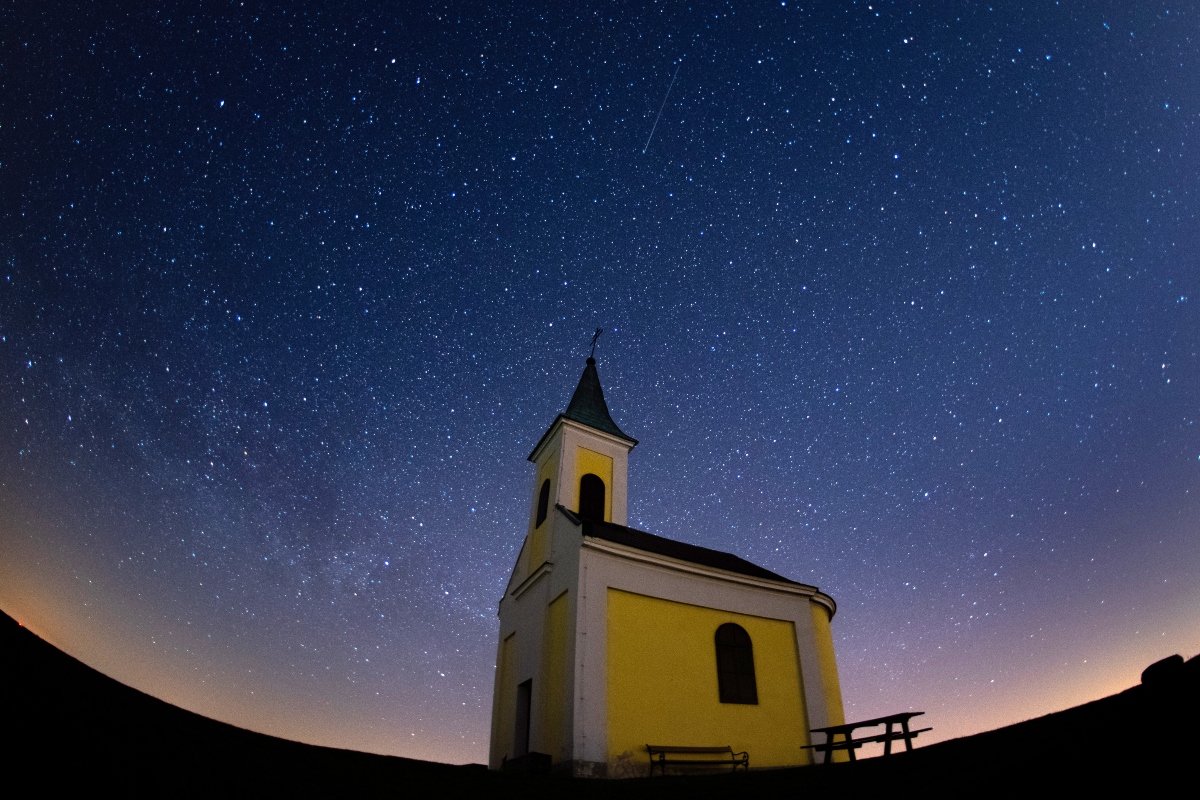(CNN Spanish) — Each year, on its journey around the Sun, Earth encounters a cloud of dust particles from comet C/1861 G1 Thatcher that, when they collide, enter Earth’s atmosphere and disintegrate and rain down. Lyrid meteoritesA spectacular astronomical phenomenon that lights up the night sky in April.
The Lyrid meteor shower, named after the Lyra constellation, will peak at 9:06 p.m. (Miami time) on Sunday, April 23. According to EarthSky.
But when is the best time to watch this show and how to follow it?
According to American Meteorological Society, Lyrids are best seen in the Northern Hemisphere, where the skies are more radiant at dawn. Rain can be seen from the Southern Hemisphere, but at a lower rate.
Do you want a better view? Earthsky recommends trying to clearly see the meteor shower between the night of April 21 and sunrise on April 22, or between the night of April 22 and sunrise on April 23.
In a dark moonless sky, you can see 10 to 15 meteors per hour. Lyrids often have unpredictable spurts, so be prepared for unexpected meteors, Earthsky explains.
Spotters should also watch for trails of glowing dust left by flares or meteors.
This rain will remain active till April 29.
Get ready to watch the night sky
London’s Millennium Bridge lights up under the stars on a clear night on April 22, 2020. The clear sky created by the new moon coincides with the Lyrid meteor shower. (Credit: Simon Rapling/Getty Images)
Visitors should find an area away from the light pollution of cities and lie down so that they can see most of the night sky. NASA recommends waiting 30 minutes to allow your eyes to adjust to the darkness and make it easier to spot meteors.
According to NASA, Lyrids have been observed for 2,700 years. These showers are usually bright and fast meteors and can peak at up to 100 meteors per hour.
In addition, this 2023, the Moon will not interfere with the lyrids, ensuring Earthsky.
With information from Angie Orellana Hernandez and Ashley Strickland





:quality(85)/cloudfront-us-east-1.images.arcpublishing.com/infobae/KTKFKR763RBZ5BDQZJ36S5QUHM.jpg)